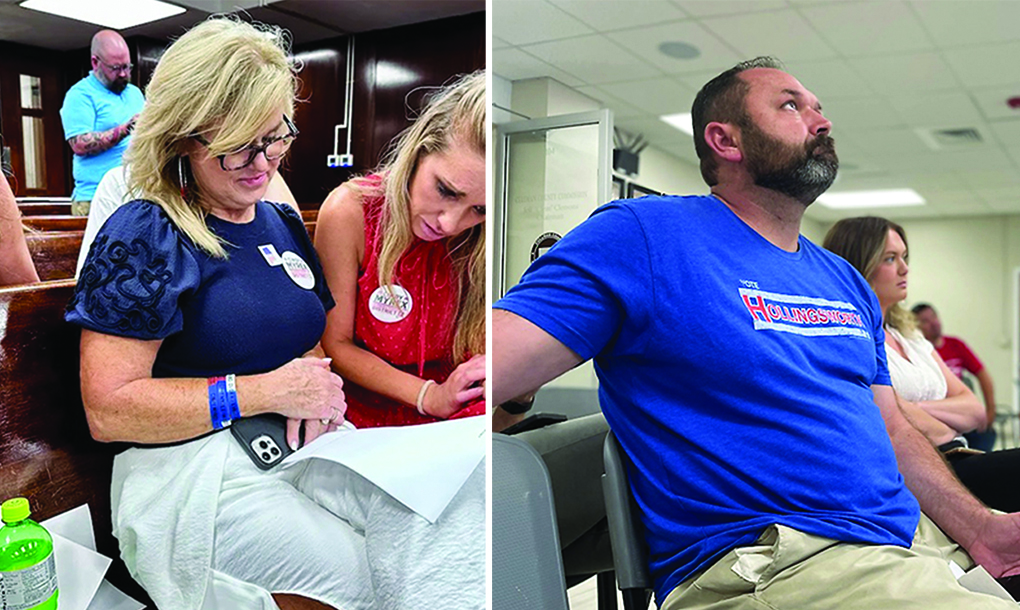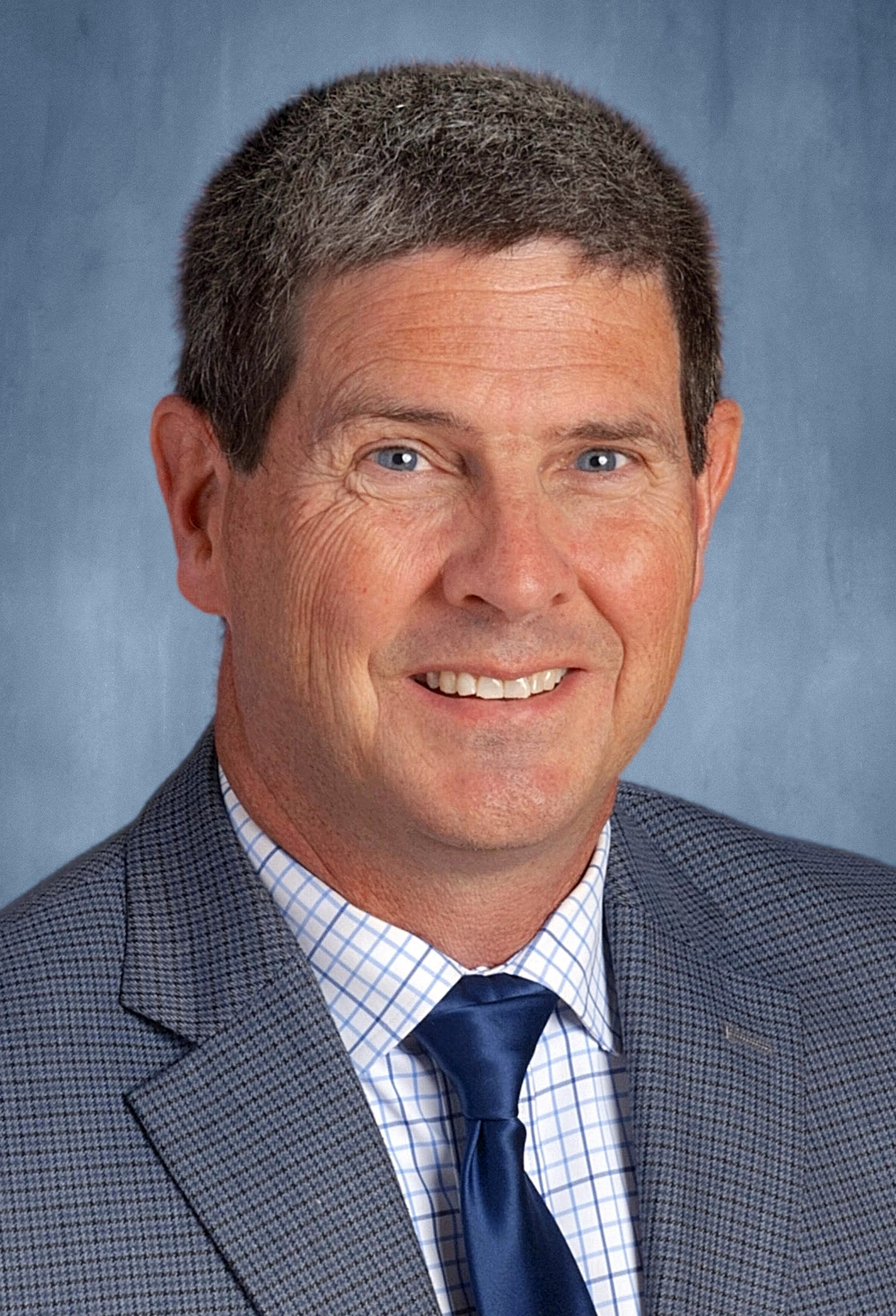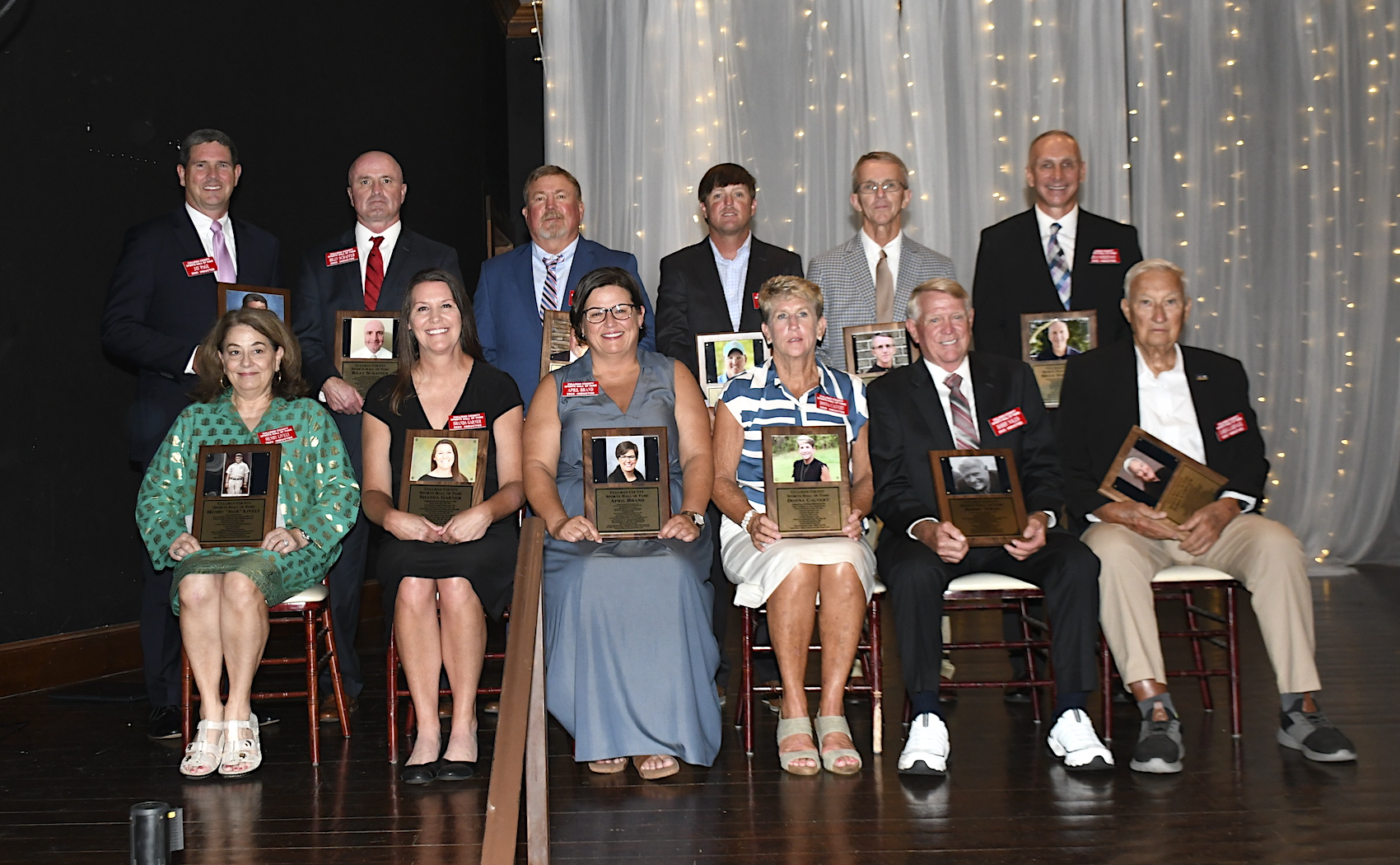Cullman’s Calvert looks back on role in moonshot
Published 5:15 am Saturday, July 20, 2019

- Ted Calvert talks about his time as a mathematician working on the Apollo 11 project.
Ted Calvert remembers the rumbling and vibrating of the Saturn V record from his office at the George C. Marshall Space Flight Center, a precursor to what became an historic adventure to the moon.
The flight of Apollo 11 began on July 26 and culminated with the landing and walk on the moon this day, 50 years ago.
Trending
Now years removed from the excitement and thousands of employees working to make the Apollo 11 possible, Good Hope native and State Farm insurance agent Ted Calvert reflected on being part of the team in Huntsville under aerospace engineer Wernher Von Braun during the years leading up to the bold mission to the moon.
“I was just a young guy looking for a job after graduating from St. Bernard College in 1964,” Calvert remembered from his Cullman office along U.S. 278.
But Calvert held a skill that was needed in the layers of work underway at the flight center. With a degree in math and 23-years-old, the farm-raised young man was assigned to a team of mathematicians who working to determine the temperature on the lunar surface, as well as the texture of the surface.
Calvert was a part of a thermal physics branch and sat on the seventh floor of building 4200 at the flight center.
“My office faced the test stand for the Saturn V. The building would start vibrating when the tests were underway,” Calvert said. “We had a job to do but you would think, someone figured it all out and built the rocket to go there.”
That someone, Von Braun, and his team of mostly German-born engineers were brilliant problem solvers, Calvert recalled. And often that was because of a little nudging from Von Braun.
Trending
“He was not afraid to pit them into it. They were competitive and he used that when a problem needed to be solved for the project,” Calvert said. “Von Braun, which has been well-documented, believe people could go to the moon and eventually live there.”
With much of the attention focused on the Saturn V rocket that would propel Apollo 11 on its journey, the related projects such as Calvert’s were also important to the landing.
“No one knew the density of the moon’s surface. Would it be like quicksand? Or something different?” Calvert said. “We used radio astronomy and infrared astronomy to create a mathematical problem to look at those questions and to determine the temperature at the surface.”
Calvert remembered the celebrations of the moon landing and believes the space program left the world with great advancements in technology and medicine.
“The evolution of technology is fascinating,” Calvert said. “Apollo brought us better, faster computers, greater optics, and optical fibers used in medicine and industry. There are so many advancements you can trace back to the research and success of the program.”
Calvert, as a federal government mathematician had worked through a life-changing, historic chapter in the world. Four years after the moon landing he returned to Cullman County to accept a position as a State Farm agent, which he still practices today.
“With the grading system in the federal government, there wasn’t going to much advancement without a Ph.d, and that’s something I didn’t want to do,” Calvert said. “When I was told about the opportunity, I came home. I had been commuting for several years and it looked like a good time to make the change.”
Even with his departure from the NASA program, some of Calvert’s work from those years remains. A book, “Earth, Moon and Planets,” published in 1969 by Harvard University Press, contains portions of the work he and others developed at Marshall Flight Center.





